New Reference Headphone on the Block: FiiO FT3 Review
FiiO may have made their name in DACs, DAPs, and amps, but they still find time to make the occasional foray into headphones. The FiiO FT3 is a $300 open-back dynamic release from the company that has been capturing a lot of buzz and positive reviews as of late. Can FiiO’s FT3 compete with a well-established class of reference headphones under $500? Let’s take a look inside its box, talk some design and specs, and most importantly, talk about what the FT3 really sounds like.
What’s In The Box?

- FiiO FT3 Open-Back Planar Headphones
- Hard Leather Carrying Case
- Soft Carrying Pouch
- Suede Earpads (default)
- Protien Leather Earpads (included)
- 3 Meter Headphone Cable with Nylon Insulation
- 3.5mm Unbalanced Jack
- 4.4mm Balanced Jack
- 6.35mm Unbalanced Adapter
- 4-Pin XLR Adapter
Fit, Feel and Comfort
Right off the bat, FiiO is obviously looking to impress in the accessories department. They’re giving a lot, and everything is surprisingly high quality. I’m into the cable situation: durable, soft, and lengthy, with an all-included selection of jacks and adapters. This is the first time I’ve seen a headphone at this price point include a 4-pin XLR adapter; I personally don’t have a need for it in my set up, but I like seeing it nonetheless.
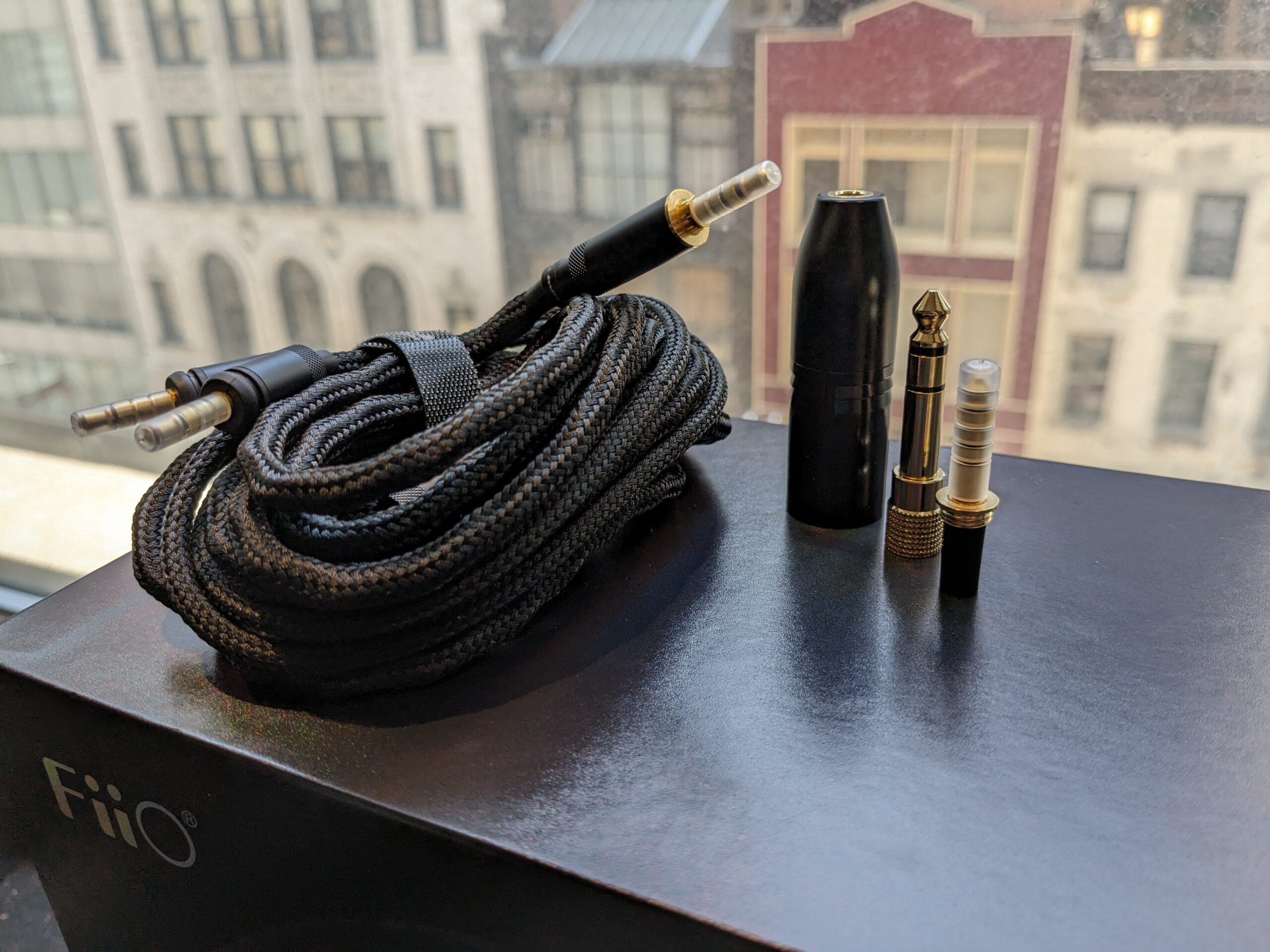
But the stars of the show in the accessories might be the two pairs of suede and protein leather ear pads, which offer subtle differences in fit and sound signature. With its sturdy yet lightweight aluminum alloy frame and suspension headband…hold on, am I talking about the FT3 still or the $5000 Yamaha YH-5000SE? From the interchangeable pads, to the aluminum alloy frame, to the headband, to just the overall look of the headphones, there are some striking similarities here between the two. Pretty cool to see the nice features of a $5000 headphone in a $300 unit.
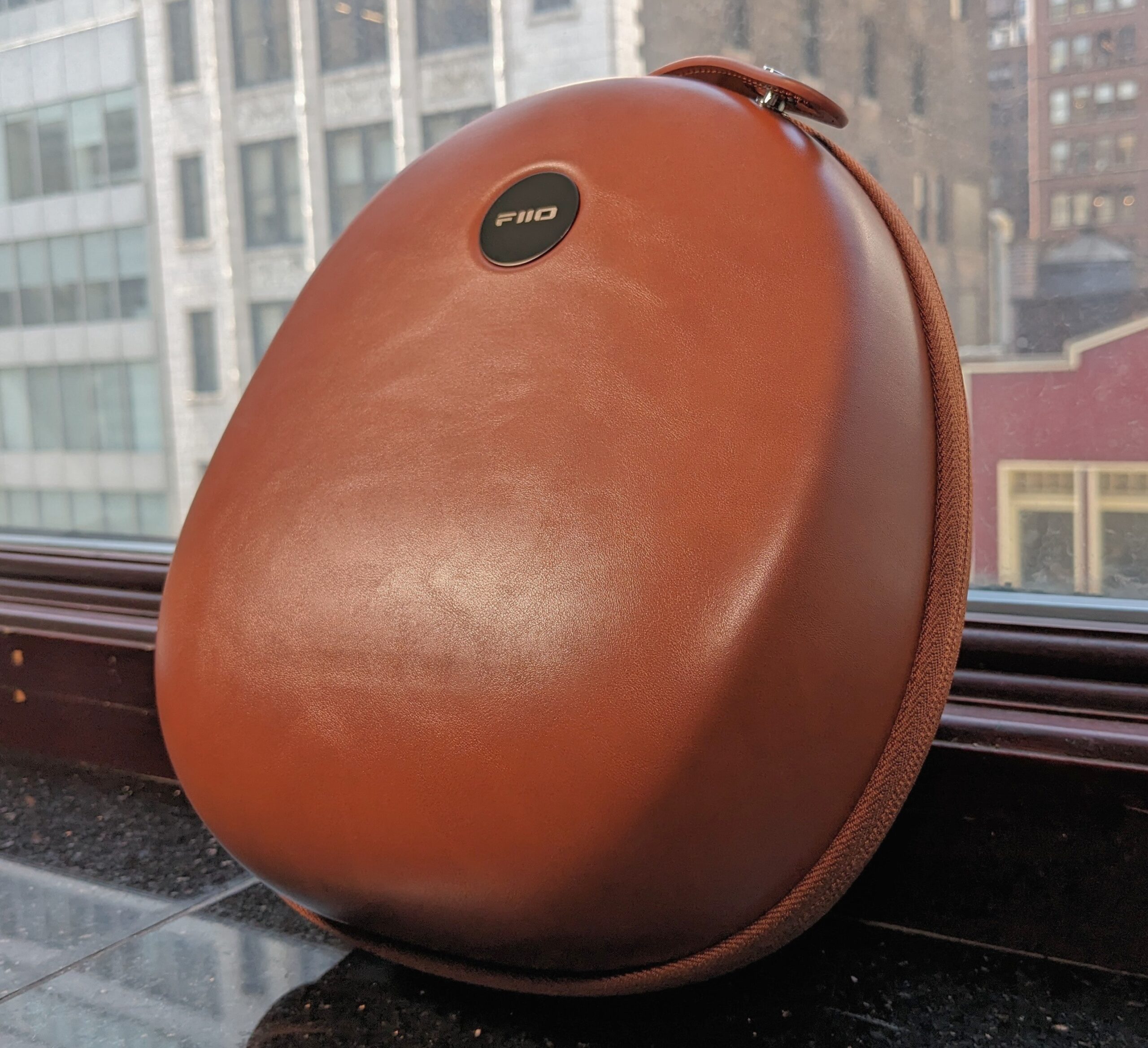
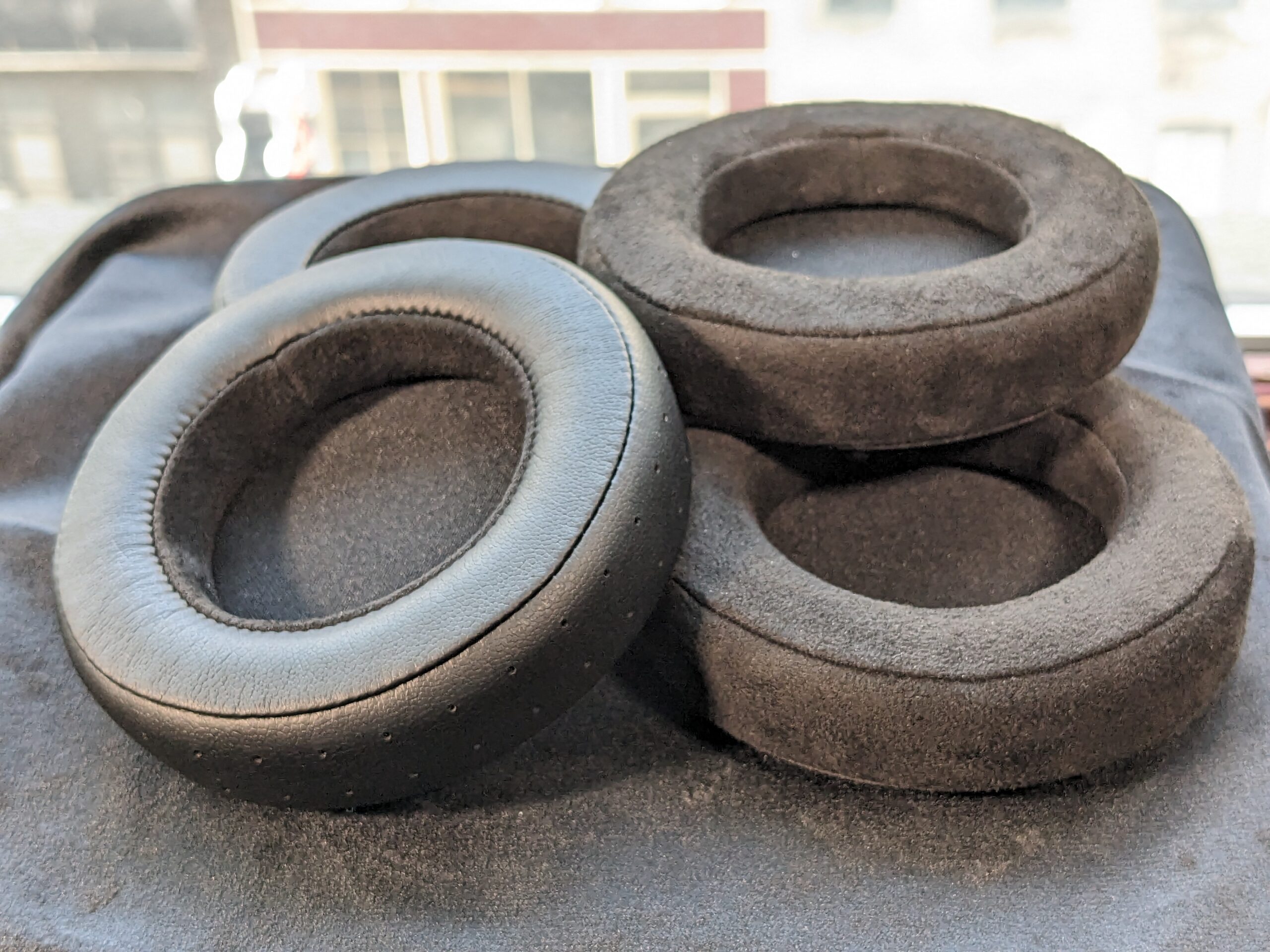
So, the FiiO FT3 looks quite cool, if you ask me. I like headphones that derive their style from a serious, techy sort of aesthetic. I’ll let you look at the pictures and be your own judge for that.
And finally, for fit and comfort, the FT3 gets top marks here, especially with the suede earpads. A well calibrated, automatically adjusting suspension headband distributes the headphone’s mass gracefully – “not that there’s much mass to distribute.” I left that last part in quotes because I wrote it before looking up the FT3’s weight, which I was shocked to see is nearly 400 grams. It’s not heavy, nor is it light. But based only on how the FT3 feels on my head, I was fully expecting to see a number much closer to 290 to 300 grams. It’s an airy headphone, with a gentle clamp pressure just firm enough to produce a good seal – but loose enough to wobble a bit if you give your head an intentional shake. In short, it feels awesome, and I can tell I’m not going to have issues wearing it for the next several hours.
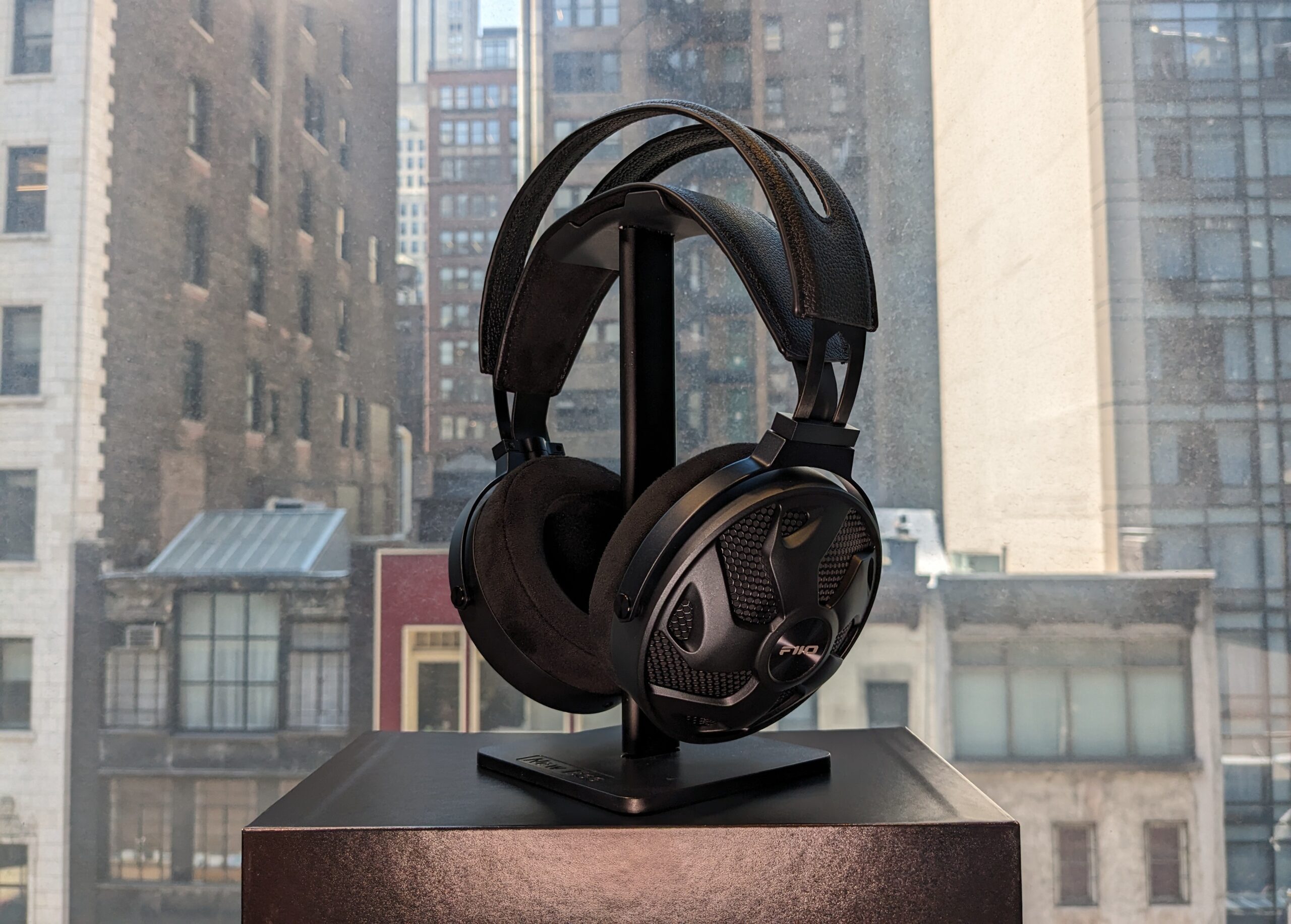
Technical Design
FiiO equipped the FT3 with a 60mm dynamic driver – significantly larger than the usual 40 or 50 millimeters we see for most dynamic drivers. This large driver allows for greater output potential and should, in theory, lead to a realistic and accurate low end response. FiiO had to make special material considerations for a diaphragm material that could support the plus-size driver, and ended up going with a Beryllium plated gasket and DLC (diamond-like carbon) diaphragm. Beryllium is always promising to see included in a driver design for its light weight and high rigidity. In fact, this may be the first time I’m seeing Beryllium included in the design of a $300 headphone.
We also see a specially designed .035mm thick voice coil made from ultra-fine Japanese copper-clad aluminum. This lightweight and highly conductive coil results in faster and more accurate driver movements. If this wasn’t already enough, an N52 neodymium magnetic array is responsible for providing the voice coil with electromagnetic stability.
Between the curiously advanced technical design and hedonistic supply of accessories, FiiO really seems to be going all in here for their new $300 headphone. Hopefully the FT3 performs as well as it looks on paper.
Last thing I’ll mention: the FT3 runs with a pretty high impedance of 350 ohms. You’re going to want something with a little extra power to run it.
| Specs | FiiO FT3 |
| Driver/Configuration | 60mm Dynamic Driver / Open-Back |
| Impedance | 350 ohms |
| Sensitivity | 105 dB |
| Frequency Response | 7 Hz – 40 kHz |
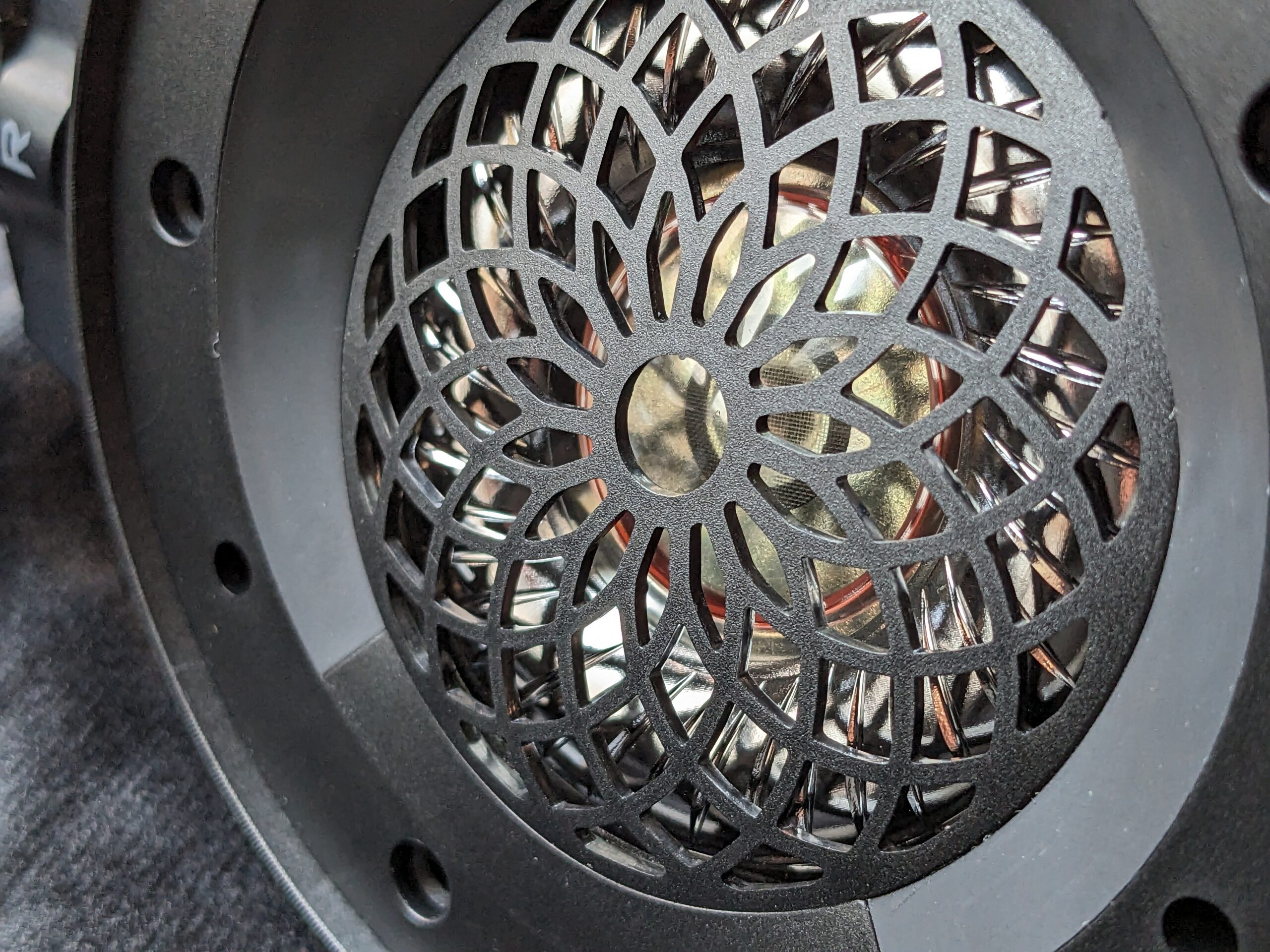
Soundstage
The FiiO FT3 performs fair to its price tier in terms of its staging and imaging. It’s not huge, it’s a bit linear and flat, but it’s dead on accurate and makes stereo placements simple and easy to detect. The FT3 is, so far, presenting itself to me as a really excellent reference headphone that would be great to use for mixing – a point I’ll expand on further when I get into the balance. Its spatial character is a bit cut and dry, displaying modest moments of depth in its peripherals, but keeping mono parts pressed up close against my face. This isn’t to say the FT3 feels compressed or claustrophobic – quite far from it. It simply seems to take stereo placements very literally: “Do you want it in the left or in the right?”
Balance
What the FiiO FT3 is not: lush, warm, emotional, grooving.
What the FiiO FT3 is: analytical, sharp, pristine, airy.
I have to say, FiiO made quite the cold little headphone out of the FT3. Everything from the stage to the balance is screaming some reference-headphone hallmarks at me.
But let’s start with the low end. The FT3 is giving perfectly adequate bass amplitudes with a bit of a sub bass roll off. While its low end seems just as flat as its mid range, it presents itself as though it’s quieter than it really is; a case of bass being heard more than it’s felt. I tried feeding it some bombastic bass lines like the one in the song “Twice” by Charli XCX. It was extra clean and perfectly distinct from the mid range, but lacked the slam, vibration, and general oomph that some listeners might be looking for. It may be a more audible bass response than something like Beyerdynamic, but has the same quality of showing you bass rather than really giving it to you.
When it comes to midrange, there’s not a ton to go over here: the FT3 is ruler flat. However, the more dramatic amplitudes in its treble give the illusion of a tuning that favors high mids. Vocals sound perfectly natural with a nice and even weight between their fundamental tones in the center and low mids and their chesty overtones in the upper mids, with more than a few moments of crispy character in their treble. The even mids balance coupled with the flat-sounding low end lays the groundwork for a very open and uncluttered signature.
The FT3 digs in and finds some distinct character in its treble profile. My first impression listening was the FT3, in fact, was that it was a moderately bright headphone. This compliments the rest of the signature, as it adds a lifting and revealing nature to the otherwise ultra-flat tuning – and with that, I will try my best to stop using the word flat to describe the FiiO FT3, though it might be difficult.
Though I didn’t find the FT3 sibilant, cymbal swells could come off sounding a bit too cacophonous at times, and that’s really the only complaint I have the overall sound. The trade offs for this tuning seem well worth it: airy and clean vocals, high resolution reverb decays, cleanly emphasized harmonic profiles – all the things you want to see from a good reference headphone.
Overall
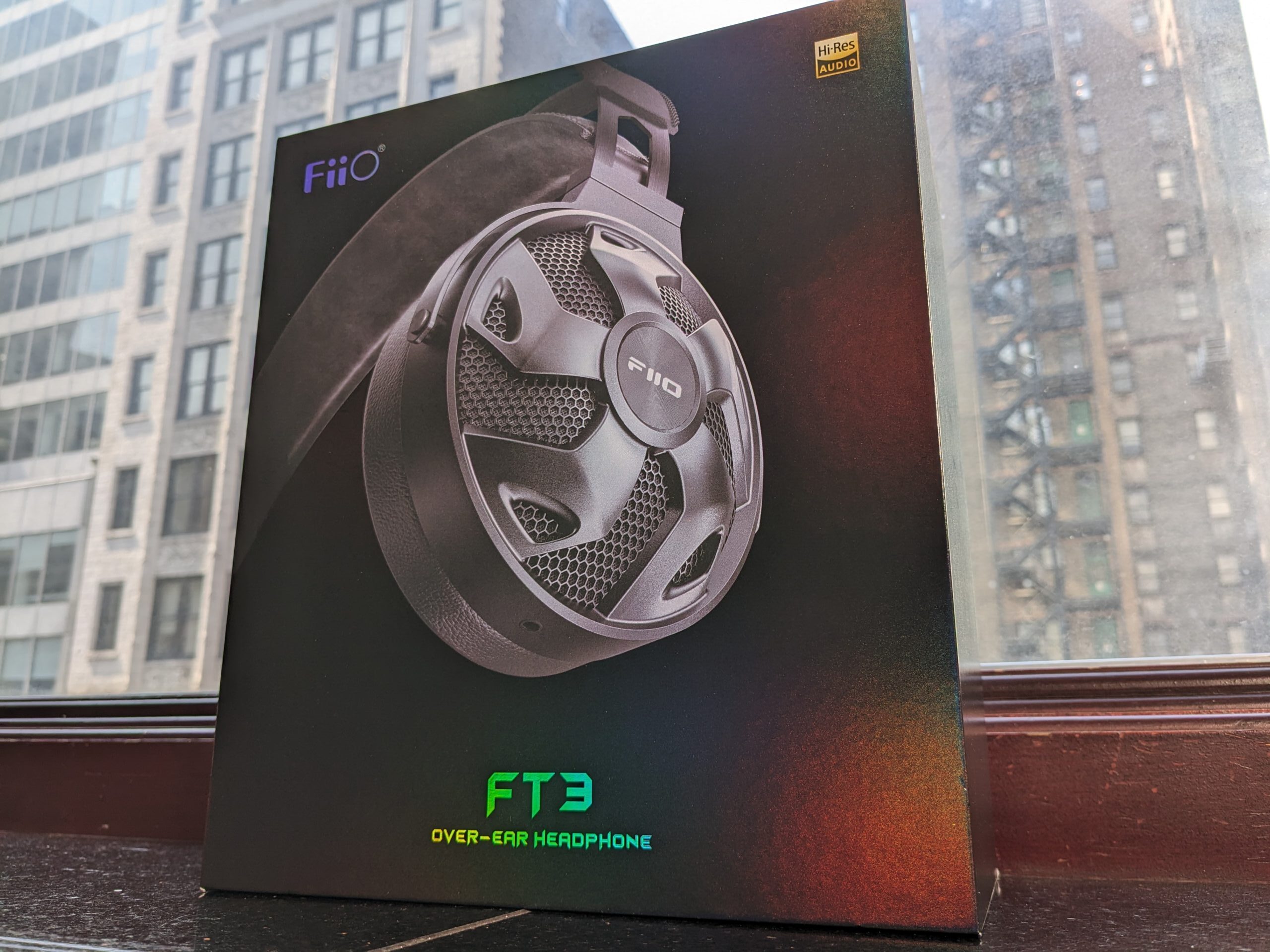
The FiiO FT3 is not a headphone for everyone with its analysis-oriented bass response and crispy treble intensities. It’s not fun and bouncy and colorful – it takes itself very seriously, aiming for ruthless dissections and accuracy above all else. I sit here now mulling whether or not I should take the plunge and get the FT3 for my own mixing purposes, as an open-back compliment to the Beyerdynamic DT 770’s that I usually use. But the point I want to emphasize here is that FiiO accomplished an incredible amount for $300: a box spilling with high quality accessories, two types of earpads, a metallic-yet comfortable build, and…the headphone actually sounds good? If you’re looking for a cut and dry, no-nonsense sound signature with all the extra fixings in this price point, it’s going to be hard to beat what the FT3 from FiiO is delivering.
You can purchase the FiiO FT3 here from Audio46.

| Pros | Cons |
| -Flat and accurate
-Articulate -Great for reference/mixing uses -Extensive high quality accessories -Excellent build quality and comfort |
-2 dimensional soundstage
-Treble can become a little intense on aggressive cymbals. -Some people might find it cold or sterile |
Compare the ranking of various headphones, earbuds and in-ear monitors using our tools.
Discuss this, and much more, over on our forum.
---MAJORHIFI may receive commissions from retail offers.














